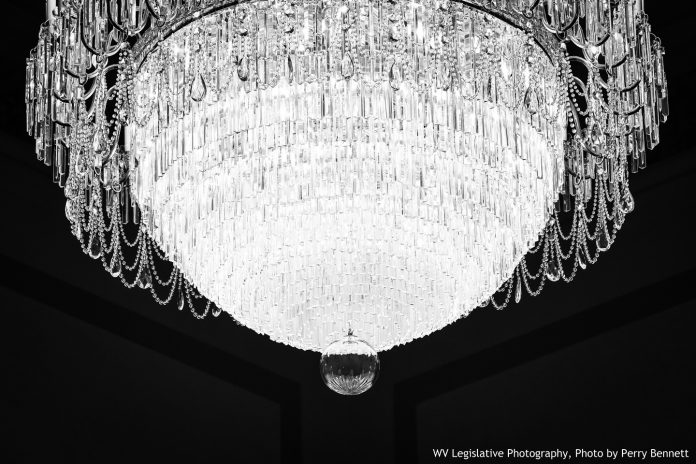During the past 60 days of the Legislative session, 66 interns have had the opportunity to experience their state government from unique points of view through five different internship programs. The McManus Fellowship, Rollins-Burk, Herndon, Frasure-Singleton and Legislative Information Journalism internships provide students from across the state the chance to participate in the legislative process in a variety of ways. Whether it’s shadowing a lawmaker for a week or staying through the entire legislative session to observe committee meetings or summarize bills, each intern has a story to tell about their experiences.
Question: How has your internship compared with your expectations?
Answer: “This internship has far exceeded my greatest expectations. The level of access and involvement the senators have given us has been absolutely amazing. I feel personally invested in all the work we do.”- Daniel Hager, junior health care management major, Marshall University, Herndon
“When I first interviewed for this internship, I thought that many of my tasks would be menial and my principle duty was going to be observation. After the first day, however, I am knee-deep in the type of work I thought was reserved for analysts and counsel.” – Brad Heflin, senior political science major, Concord University, Herndon
Question: What do you feel is the most valuable thing you’ll take away from this internship?
Answer: “The most surprising thing I learned was how much time the delegates and senators spend in committee meetings. I knew that the committees were an important and vital part of the process, but I did not realize that the majority of a delegate’s day was spent there.” – Catherine Staley, junior political science major, Marshall University, Frasure-Singleton
“A much more detailed understanding of the political process than the average social worker. I will be able to take what I’ve learned over the last 60 days and become a better advocate for my clients and community.” – Rachel Henderson, social work graduate student, West Virginia University, Herndon
Question: Has your internship sparked your political interests?
Answer: “My interest in politics was at a peak and has continued to grow.” – Justin Williams, public administration graduate student, West Virginia University, Herndon
“When I started this internship, I had absolutely no intentions on running for political office, I prefer to learn about the political system; However, after having this internship and being a part of the political process, it has sparked my interest in one day running for office.” – Brooke Atchison, junior political science major, Marshall University, Herndon
Question: What one experience will you always remember about your internship?
Answer: “The atmosphere of these 60 days is something that can’t be learned in the classroom. Every day is a different day.” – Atchison
“I will always remember sitting with my delegate on the House floor during session. I loved being in the middle of everything, and it was a great insight into what actually goes on in session. The fast-paced atmosphere really is contagious, and by diving right into it, I gained a much better understanding of the process.” – Staley
The Legislature welcomes students from universities and colleges across the state to participate in the legislative process during its regular 60-day session in the spring. Recruitment for these programs begins in the fall each year and students must meet certain eligibility requirements to be considered. For more information concerning these internships and to obtain applications, visit the West Virginia Legislature Internship Program webpage at https://www.wvlegislature.gov/Educational/Internship/Internship.htm.
West Virginia Capitol Complex – Then & Now
Aside from the differing seasons, these views from the Capitol steps show 60 years of change and modernization. In the 1940s, now classic cars lined the Courtyard on the North Side of the Main Capitol Building, residential homes instead of state office buildings faced the state’s grandest architectural gem and Washington Street cut through today’s enclosed campus. Once diminutive saplings have withstood the test of time to develop into the courtyard’s now grand oak trees, while the interstate in the background typifies the state’s 60-year expansion.


